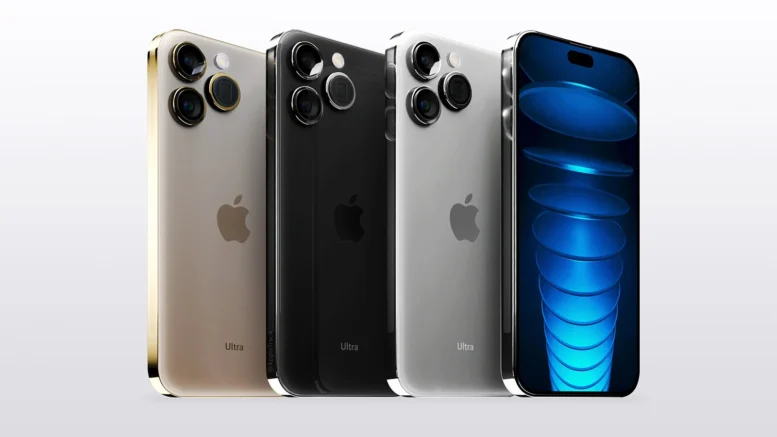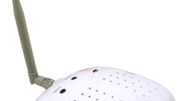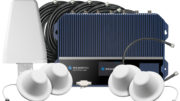Think back for a second to roughly 2015. I know, it seems like a lifetime ago. Chances are that if you had an Android phone as about 85% of people did, it charged using MicroUSB. You might remember MicroUSB as the connector that always took three tries to plug in. I hated it, and I wasn’t shy about saying so. The very idea of MicroUSB was to create a cable you couldn’t put in upside down, and its designers ended up creating one you couldn’t put in right side up either.
Luckily, that’s all in the past. Practically every Android has moved over to the much-better USB-C connector. I don’t need to tell you what an improvement this is. USB-C cables can be put in either way, meaning you can’t put them in upside down. The cable is the same on both sides, and if your computer doesn’t yet support USB-C, there’s a simple adapter to add the familiar, boxy USB-A connector. It’s a win for everyone… except Apple users.
Despite embracing USB-C on its computers and tablets, Apple has stuck with their proprietary Lightning connector for far too long. First debuting on the iPhone 5 in 2012, it’s a great design. In fact, it’s probably better than USB-C in a lot of ways. It’s smaller and less prone to dust contamination. But, Apple’s kept it under wraps, refusing to license it to Android makers. That’s effectively meant Lightning was a dead man walking from day 1.
That’s about to change
The countries of the European Union passed a law saying that all phones must have the same charging connector. At the moment, that means USB-C. It’s a sensible enough idea, especially if you remember the dozens of different charging connectors that used to populate old cell phone stores. Apple, having no choice but to comply, is expected to move to USB-C with its iPhone 15. But will that solve everything? You’d think it would. You’d be wrong.
Several sources are saying that Apple devices will require a special “Made for iPhone” USB-C cable in order to get full function. No one quite knows what “full function” is or what that means to the rest of us. But it’s an ominous portent, to be sure. It means that not only will Apple stay incompatible with every other phone out there, you probably will end up with a drawer full of USB-C cables and you’ll have no idea which ones work with Apple phones.
Would the EU allow this?
It’s a good question. After all, the EU’s law says that every phone must use USB-C to charge. This would seem to fly in the face of that. My guess is that you will be able to charge your phone with USB-C, at least as fast as you charge it now, and that will satisfy Europe’s requirements. But if you want super-fast charging or super-fast data, you’ll need an Apple, Made-for-iPhone compatible, cable. For some folks that won’t be a problem, but if you support a lot of devices as I do, trust me. It’s a problem.
In the best case scenario, Apple will give users a decent reason to choose made-for-iPhone cables. Maybe it will unlock ridiculously fast charging that can give you a full charge in 5 minutes, for example. But, we won’t know until we get the new phone this fall. Worst case scenario, charging will be restricted to one amp unless you have the right cable, meaning an hour until you get a full charge. That would be a bummer.
I guess we’ll all have to wait and see. There’s nothing else to do, I guess.





